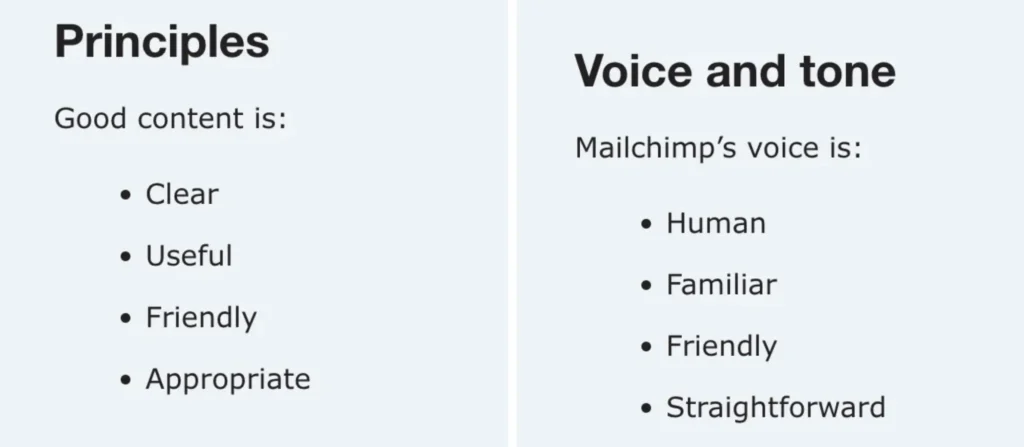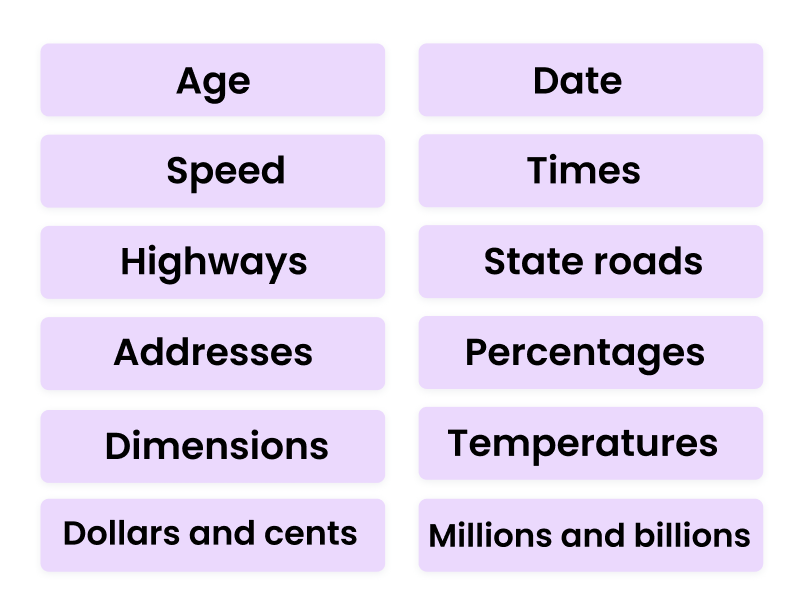How to Create Effective Content Guidelines: The Ultimate Guide
Creating strong content guidelines is essential for any business looking to produce high-quality, impactful content across all platforms.
This comprehensive guide will teach you everything you need to know about crafting useful and practical content guidelines.
What Are Content Guidelines and Why Do You Need Them?
Content guidelines, also known as a content style guide or editorial guidelines, are an established set of standards that inform and direct content creation and curation.
They ensure brand consistency and help content creators understand a company’s voice, style preferences, formatting rules, appropriate terminology, and more.
Here are some key reasons why every business needs content guidelines:
- Present a consistent brand voice: With multiple writers and content creators, it’s vital to have clear guidelines that align messaging.
- Streamline content creation: Guidelines enable writers to quickly produce on-brand content without repeatedly asking questions about style, tone, formatting, etc.
- Improve quality: Content guidelines set a high bar for quality and help writers avoid common mistakes.
- Simplify editing: Editors can use the standards set in the content guide to quickly review and correct content.
- Onboard new writers quickly: The guide serves as a training resource to help new hires or contractors grasp brand style and start writing faster.
In summary, comprehensive content guidelines are invaluable for businesses that rely on regular content production across a variety of formats and platforms.
Creating Your Content Style Guide: 10 Essential Elements
Crafting guidelines is a strategic process. You need to determine what matters most for your brand voice and business goals.
Here are 10 key sections to include:
1. Brand Story, Mission, Voice and Tone
Begin by conveying your brand identity and values. Define your mission, explain brand personality and voice, and set expectations for tone (serious, casual, humorous, etc.).
2. Rules for Grammar, Punctuation and Spelling
Outline your standards and preferences, including which style guides you follow. Some examples are AP Stylebook and Chicago Manual of Style.
3. Terminology, Language Guidelines
Provide glossaries of brand-specific language, buzzwords, acronyms and terms to maintain consistency. Include preferences for spelling, capitalization and prohibited language.
4. Writing Style and Best Practices
Explain best practices for clarity, brevity and reader-focused content. For example, write in active voice, limit jargon and use plain language.
5. Formatting Standards
Detail rules for formatting documents and content. For example, set fonts, text sizes, margin widths, and file saving protocols.
6. Visual Standards
Define specifications for images and graphics. Include preferred image sources and attribute/licensing guidelines.
7. Sourcing and Attribution
Provide methodology for citing sources and attributing quotes or statistics. Outline permissions rules for republishing content.
8. Review and Approval Process
Clarify the standard operating procedure for submitting drafts for feedback, revisions and final sign-off.
9. Publishing Workflow
Document the process for publishing and promoting content on your website, social platforms and other channels.
10. Analytics Guidelines
Detail success metrics and key performance indicators (KPIs) for optimal content. Provide guidance for measuring results and reporting analytics.
Dos and Don’ts: What to Include vs. What to Avoid
Creating solid guidelines requires focusing on the right details while avoiding unnecessary rules or complexity that hinders creators.
Do:
- Keep it simple and scannable. Use headings, bullet points and clear language.
- Update it regularly to reflect changes and new guidelines.
- Make it open-ended. Allow for flexibility and judgment calls.
- Provide examples of “good” content. Showcase excellent examples from your brand.
Don’t:
- Attempt to document every scenario or outlier.
- Overwhelm readers with intricate details that only apply in rare cases.
- Establish rules so rigid that they hamper creativity and individual style.
- Be overly prescriptive. Find the balance between firm guidance and creative freedom.
Remember, perfect guidelines do not exist. Focus on empowering your team to produce quality work aligned with your brand identity.
Real-World Examples From Top Brands
To inspire your own content guide creation, let’s examine excerpts from well-known companies:

Mailchimp outlines the elements of their brand voice and provides excellent tone examples.

These basics from BuzzFeed cover preferred grammar and punctuation conventions.

The Associated Press style guide offers precise rules for proper punctuation.
Observe how these snippets establish clear guidelines while retaining versatility for the content application. Study guides from brands you admire to spur ideas for your own standards.
Key Takeaways and Next Steps
Creating useful content guidelines requires time and precision but pays dividends through improved quality, efficiency and consistency. Remember these best practices:
- Determine what matters most for consistency in your content and brand voice.
- Structure your guide clearly into sections that writers can reference easily.
- Find the balance between establishing firm standards and allowing flexibility where needed.
- Keep guidelines focused; don’t bog down writers with intricate niche rules.
- Update the guide regularly as new standards emerge.
As a next step, audit some of your existing content and identify areas to standardize. Brainstorm key themes to build your guidelines around. Creating even a short style guide is better than none at all. With some time and care put into content rules and standards, you’ll produce better content efficiently.
Need help building out custom brand guidelines? Our team of content strategists can partner with you on perfecting your content creation playbook. Contact us to learn more.